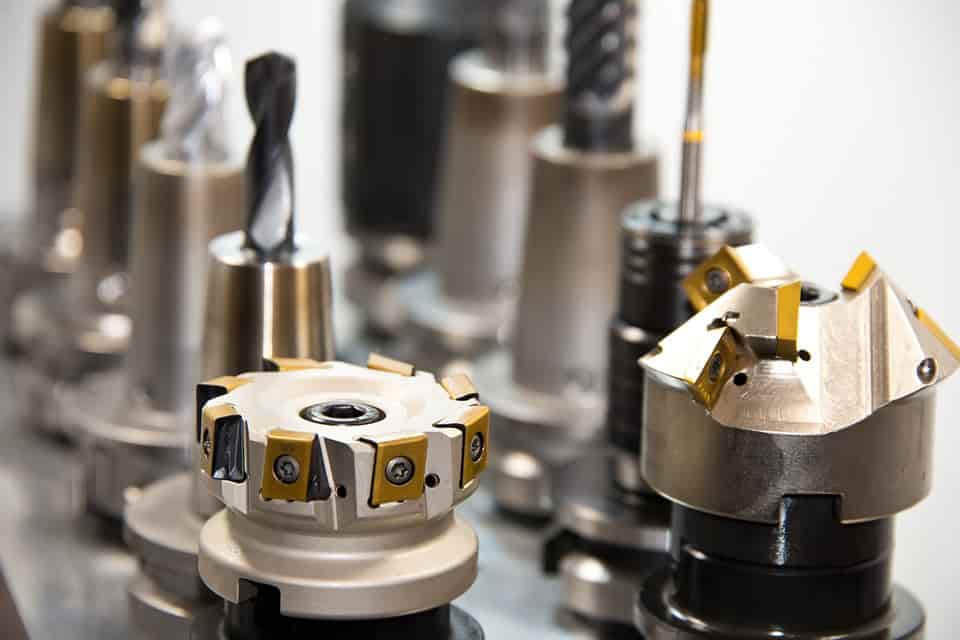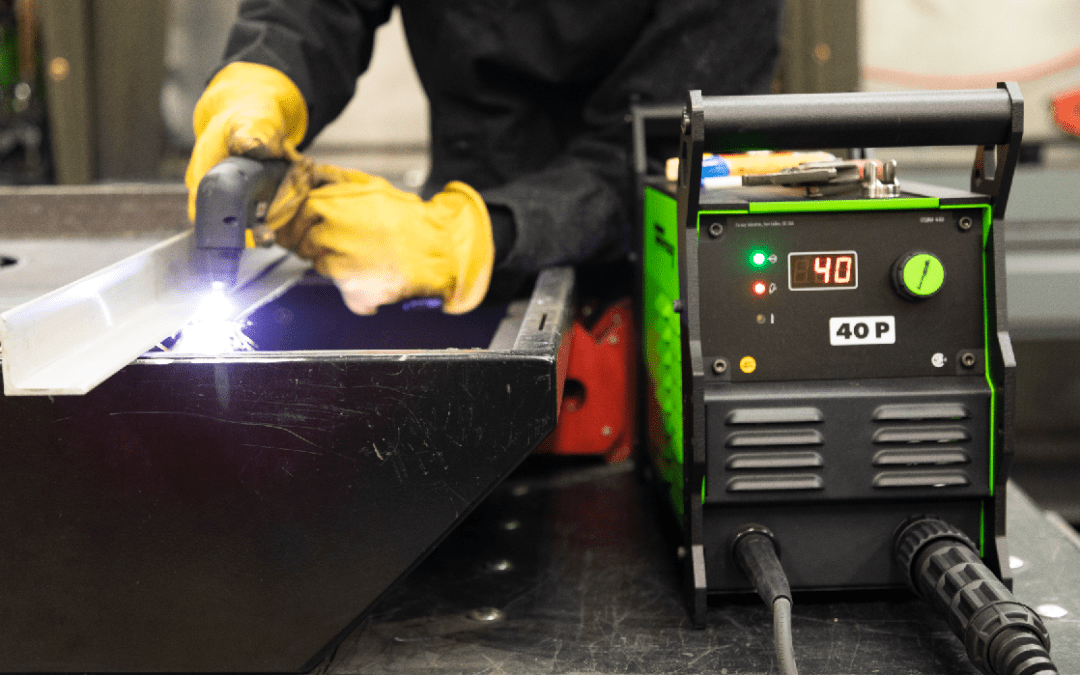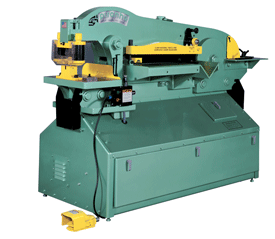FREE DELIVERY FOR WELDING*
* On Business Days - Purchases $100 or More
2.5% OFF By paying with Check, Wire or ACH
Online and Call-Ahead Orders
* Minimal Purchase Price $100
How do milling machines work

Milling can best be understood as drilling, but the “drill” moves sideways instead of straight up and down.
Milling machinery
Rotary filing, which eventually evolved into milling, was first seen around 1760. Milling is an important manufacturing process, and is critical to many material processing plants. Its purpose is to remove material from the surface of a work piece, by a rotary cutting tool. In a similar manner to a drill, the rotary axis of the cutter stays the same, spinning to make the cuts necessary. However, contrary to drilling, milling involves the desired work piece to be perpendicular to the cutting piece.
The process of milling can be used for a wide variety of applications, including metals, woods, plastics and even foams. The industries they serve are also various, as metalworkers, aerospace engineers health-tech manufacturers and even woodworkers use milling machines.
So, how do milling machines cut?

The science behind how milling machines work is similar to how a drill works. As a drill is pressed down on a workpiece, the material being hit by the cutter is removed from the workpiece from a both a vertical direction and angle. Instead, with milling the “drill” in this instance keeps the same angle but moves sideways. With milling, the direction of the piece (typically) remains vertical, but the direction of the cut goes horizontally (or vertically, if the mill itself is horizontal). As the cutting piece works over the material in a horizontal direction, the workpiece remains stationary.
There are many different types of cutting materials used in milling. Most are temperature resistant, so that the cutter does not wear down (as the milling process creates a LOT of heat). The cutter may be made of high-speed steel, cemented carbide and boron nitride. To make sure the cutting piece lasts many uses, the piece may be coated with an extra coat of temperature-resistant material to decrease friction or increase hardness.
Vertical milling looks like a vertical drill moving sideways, so what’s a horizontal mill?
Horizontal milling is just the same process turned 90 degrees. The cutter sits on a horizontal spindle across the table. With a similar cross section as a horizontal bandsaw, the horizontal milling machine is generally wider and smaller in diameter.
Knuth produces top-tier milling/drilling machines. More here.
How do you determine a good milling machine?
Milling machines are most effective when the following metrics are optimized:
- Speed of cutting: The spindle motor is an important factor in this. Watching the machine in action or doing your own research as to how fast the machine will cut can be important, especially if milling is a critical part of your operations.
- Size of the machine: For some hobbyists, desktop milling machines sound like a good deal. However, if it’s milling metal that you’re looking to do, there is a lot of force required to execute it correctly.
- Power requirements: 3-phase motors can be problematic for at-home hobby shops. Most homes do not have 3-phase power, but many industrial places will have this. As much as it sounds like unimportant information, it is imperative to the operation of your machine to be sure that all power requirements are met.
And, obviously:
- Brand name: As much as we all want to support the “small guy”, smaller brands of machinery manufacturers can be less reliable and may cost you more in maintenance fees and support than with a larger company that has gone through the same issues dozens of times over.
- Value of the machine: Productivity of the machine for the cost of operating it. It’s simple, your business needs to optimize costs, so make sure it’ll give you the best bang for your buck.
Sources:
https://en.wikipedia.org/wiki/Milling_(machining)#Vertical_milling_machine
https://www.cnc-step.com/machining-plastic/
https://hackaday.com/2016/08/17/tips-for-buying-your-first-milling-machine/
Here at Direct Machines, we offer a wide variety of milling machines. Our product line is constantly expanding, and we strive to provide excellence in service and value for our customers. Please contact us at (781) 937-5655 or at [email protected] if you have questions about our machines or who we are.
Featured product
Knuth SBF TV Vertical Milling and Drilling Machine:
https://directmachines.com/knuth-drill-press/milling-machine-sbf-40-tv-1000-101573.html




